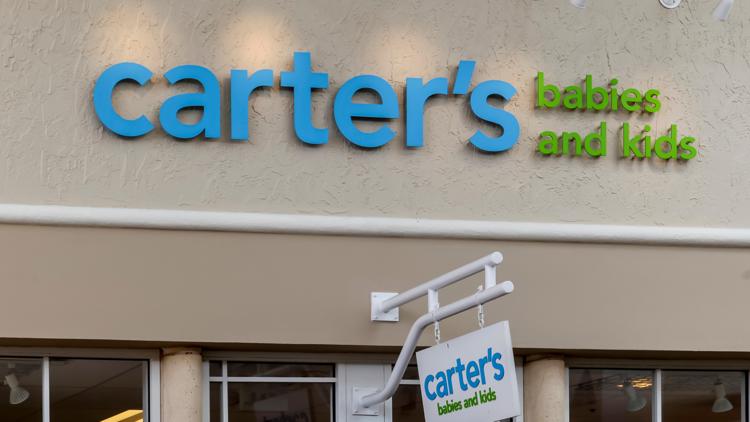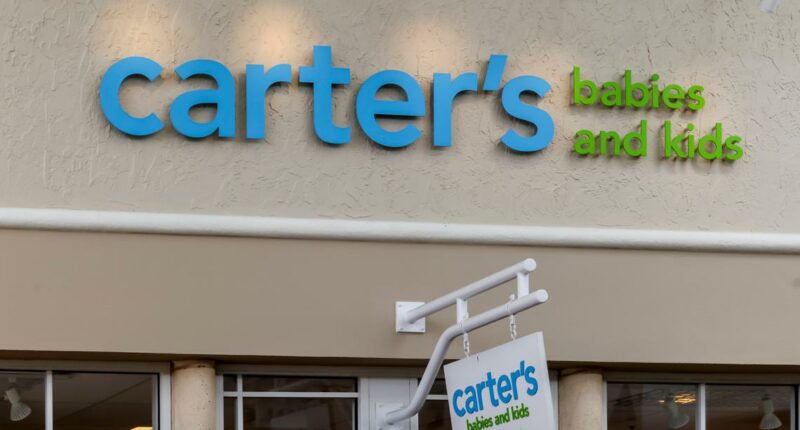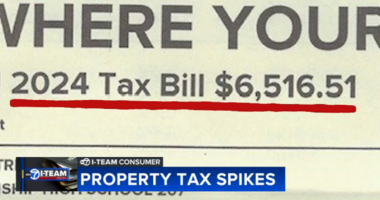Share this @internewscast.com

In a recent announcement, Carter’s, a leading name in baby retail, revealed plans to shutter 150 of its stores and reduce its workforce by 15% due to the financial strain from tariffs.
On Monday, the Atlanta-based company shared its latest earnings report, highlighting significant pressures on its profits attributed to increased tariffs. Carter’s anticipates facing between $200 million and $250 million in additional costs annually as a consequence.
To mitigate these financial challenges, Carter’s is expanding its store closure plans by 50 locations and will also be streamlining its workforce by eliminating approximately 300 office positions by the end of 2025.
The company projects that these workforce reductions will lead to savings of $35 million per year starting in 2026.
The closures will affect 150 stores across North America over the upcoming three years, coinciding with lease expirations. According to the report, these stores collectively generated around $110 million in net sales over the past year.
About 150 stores will close in North America over the next three years as leases begin to expire, according to the earnings report. The stores represent roughly $110 million in annual net sales over the last year, the company said.
Carter’s also announced that its CEO and board of directors would receive pay cuts.
Carter’s has suspended its financial guidance for 2025 due to “the ongoing and significant uncertainty surrounding incremental tariffs” and their impact on the company.
The third-quarter earnings report showed that Carter’s net income was $11.6 million, down from $58.3 million a year ago.
“The Administration has implemented significant new tariffs on products imported into the United States from a wide range of countries,” Carter’s said in its earnings report.
These additional tariffs have begun to add substantially to the approximately $110 million in duties on imported product paid by the Company in fiscal 2024.”
“Over time, the Company intends to partially offset these additional costs through a combination of changes to its product assortments, cost sharing with its vendor partners, changes to the mix of its production by country, and raising prices to end consumers and its wholesale customers,” Carter’s added.
















